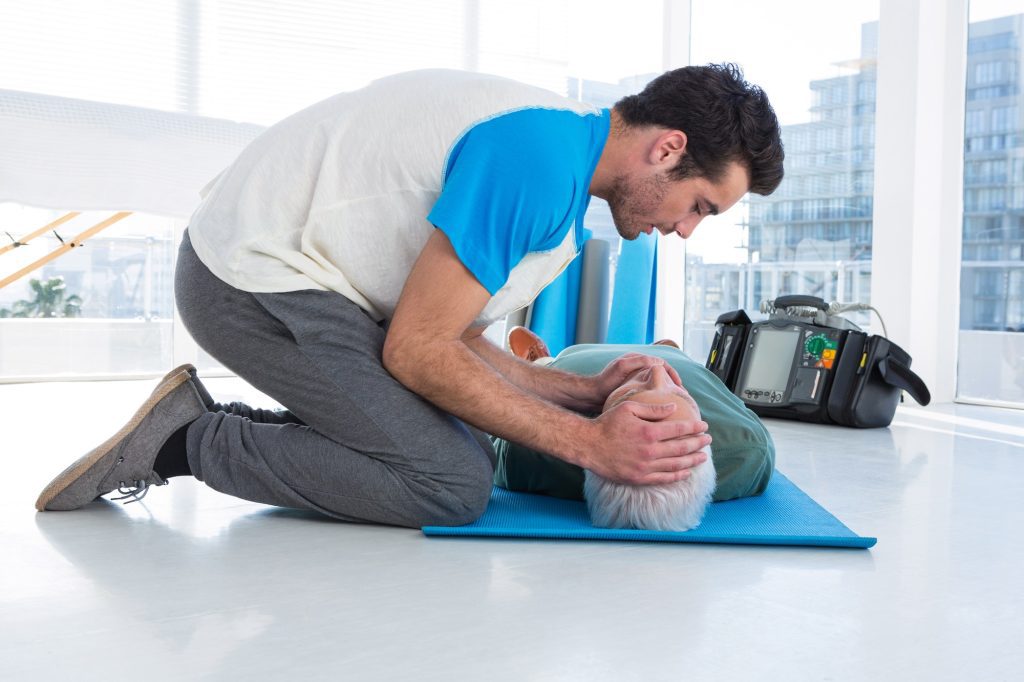
Cardiopulmonary resuscitation (CPR) is a life-saving technique that can be used to revive a person whose heart has stopped beating or who has stopped breathing. It involves a combination of chest compressions and rescue breaths, and it can be performed by anyone who has been trained in the proper techniques.
The first step in performing CPR is to check for responsiveness. If the person is not responding, call for help immediately and begin chest compressions. To do this, place the heel of one hand on the center of the person’s chest, with your other hand on top. Press down firmly and quickly, using your body weight to apply pressure. The goal is to compress the chest about 2 inches deep at a rate of 100-120 compressions per minute.
After every 30 compressions, give two rescue breaths by tilting the person’s head back slightly and lifting their chin. Pinch their nose shut and create an airtight seal over their mouth with your own mouth. Blow into their mouth until you see their chest rise, then release and allow them to exhale.
Continue this cycle of 30 compressions followed by two breaths until help arrives or until the person begins breathing on their own. It’s important to remember that CPR can be physically demanding, so if there are others around who have also been trained in CPR, take turns performing compressions to avoid fatigue.
There are some variations on these basic techniques depending on whether you are performing CPR on an adult or child/infant. For example, when performing CPR on an infant under one year old, use only two fingers instead of your entire hand for chest compressions.
It’s also important to note that there are some situations where CPR may not be effective or appropriate. For example, if someone has suffered severe trauma or has been without oxygen for an extended period of time (such as drowning), they may not be able to be revived with CPR alone.
In addition to learning the proper techniques for performing CPR, it’s also important to stay up-to-date on any changes or updates to the guidelines. The American Heart Association, for example, periodically updates their recommendations for CPR and other life-saving techniques based on new research and developments in the field.
Overall, knowing how to perform CPR can make all the difference in an emergency situation. By taking a CPR training course and practicing these techniques regularly, you can help ensure that you are prepared to act quickly and effectively if someone around you experiences a cardiac arrest or other life-threatening event.
